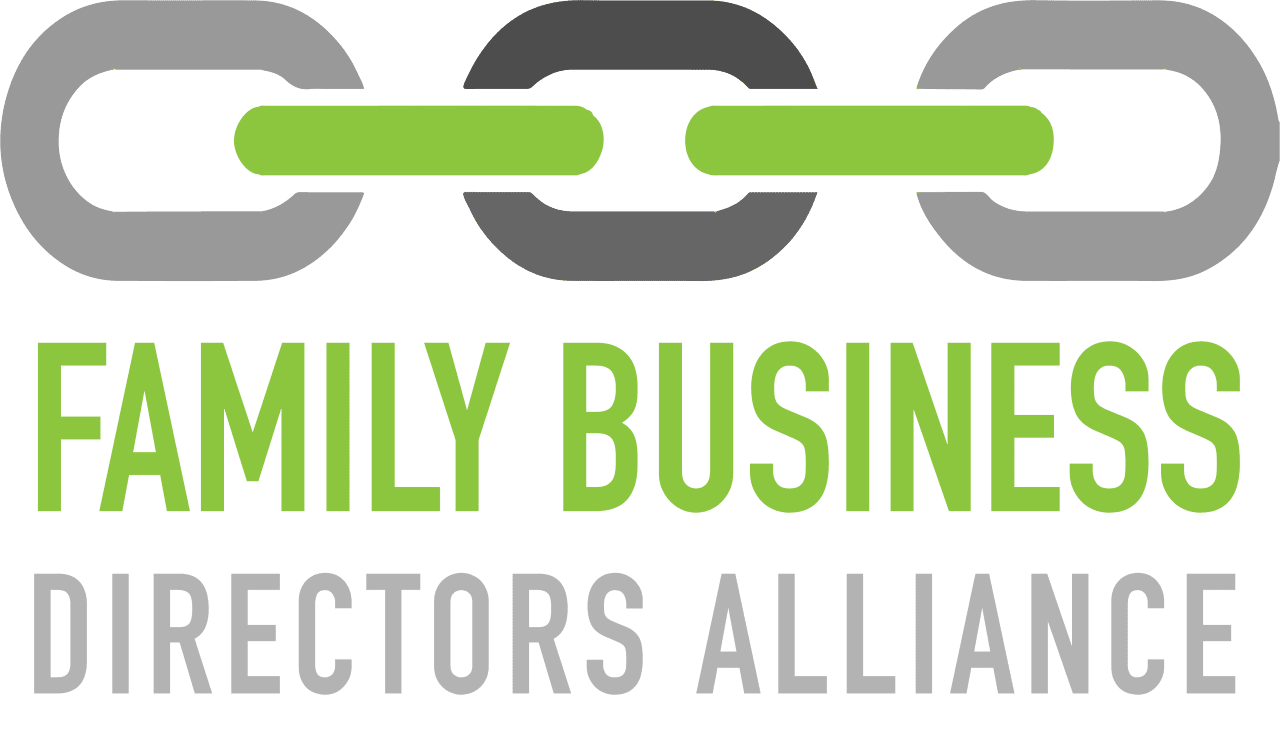The following article was written by Wade Wyant of Red Wagon Advisors.
Every business owner wants to achieve growth. And every business owner should.
So it makes sense that, when you’re seeking growth, you should be able to answer a basic question: What is your primary path to growth?
Now of course, everyone’s answer to this question will include some basic fundamentals, such as focusing on great products and services, and focusing on taking care of customers.
But beyond those fundamentals, there are three primary paths to growth that apply to all industries. And I often find that corporate leaders aren’t entirely sure which of the three best suits their companies. As a result, they’re going full-bore in all three directions, and often wearing out their people in the process.
Here are the three:
- Organic growth. This one is the most basic, of course, and it’s nothing new. The company growing organically is not trying to change the world with its products and services, but it’s finding small innovative moves that can differentiate them from their competition. That, combined with a world-class sales and marketing effort, keeps the orders coming in and the revenue expanding.
- Execution plus acquisition. Have you perfected the execution of your product or service, well beyond the industry norm? Are your systems and processes far more efficient than those of your competitors? Great. Ride that excellence to happy customers and strong cash flow, then you can grow by acquiring your less-excellent competitors at a value price, and increase their value by instituting your system of excellence to replace their old, inferior ones. I made that sound much simpler than it is, but if you can achieve that level of excellence, this is definitely a great path to growth.
- The Unicorn. All the world loves big ideas, and some of the most successful companies in history have been built on them. And it’s only natural, if you operate in the business world, to believe you’re capable of coming up with the next innovation that will change everything. The next unicorn. This is a strategy with high potential, but also high risk and very long odds. So if your entire growth strategy is based on coming up with a unicorn, you’d better find it.
And that speaks to a problem I see with many businesses. Their pursuit of growth is either misaligned with their real strengths and opportunities, or it’s scattered across all three without a real commitment to the one that makes the most sense.
What is your best path to growth? The answer to that question lies within the strengths and opportunities of your company, as well as your market positioning. It lies within the capabilities of your people and your processes.

Do you do the basic fundamentals extremely well, and sell your products and services with exceptional success? Then your primary path to growth might be organic.
Is your execution so strong that you’re running circles around your competition? Then maybe you should consider bringing them into your organization and consolidating your hold on the market.
This is not to say you shouldn’t try to excel at all aspects of your operation. Does it make sense to seek organic growth while also striving for excellence in execution? Of course it does. You want to do everything as well as you can. But you’re trying to grow right now, and the focus of your growth strategy should be on the path your company can pursue most successfully based on its structure and positioning today.
But what about the unicorn? What about the big idea that could change everything? Why shouldn’t you pursue that? Didn’t Steve Jobs? Didn’t Bill Gates?
Of course they did. And so have a lot of other people whose names you’ve never heard because they didn’t become Steve Jobs or Bill Gates. I love big ideas and I am the last person who’s ever going to tell you not to pursue one.
But here’s what you need to know: Big ideas usually take a long time to come to fruition. It never feels that way when they first come to you. You get inspired and you start imagining all the places your idea can take you.
You might even call your team together and share your vision, and they might get very inspired too. Once they’ve heard your idea, they’ll head back to work feeling inspired to make it all happen.
This can be trouble. That idea is probably a very long way from realization, if it ever happens. Your team is excited now, but in six months they’re going to wonder if this is ever really going anywhere. In a year they might be thinking you’re tilting at windmills. In three years, they’re no longer taking you seriously when you talk about big ideas.
Nothing’s happened. There’s been no growth. You keep telling them to just wait for the unicorn, but all they see is the same stagnant company every day.
And it didn’t have to be that way. You can have your big idea and you can chase after it. But in the meantime, your path to growth has to be based on where your company is strong and capable right now. Your team needs to be focused on that.
There’s nothing wrong with having select, strategic people helping you push toward an exciting innovation. But how are you going to make it happen if you’re not growing and earning revenue from your existing operations? That’s where you need your team focused, and they need to know that’s where the company is focused.
Which of the three paths to growth fits your company best? It shouldn’t be a hard question to answer for anyone who really knows their company and their people.
But in order to answer it, you first have to know enough to ask it. Now you do.

Wade Wyant
Grand Rapids, MI
 Written by Robert Tyndall: Managing Director of Investment Banking and Corporate Finance at
Written by Robert Tyndall: Managing Director of Investment Banking and Corporate Finance at 
 Written by Haans Mulder, JD, MBA, MST, CFP®
Written by Haans Mulder, JD, MBA, MST, CFP®


